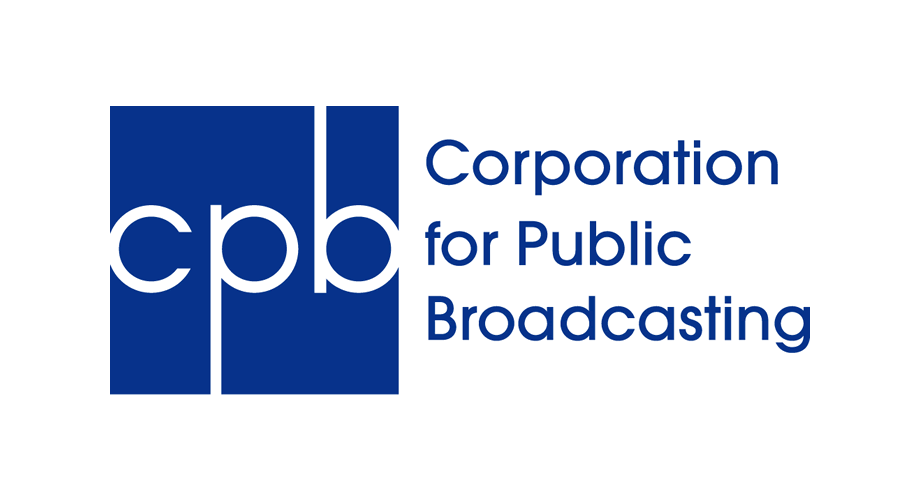FAFSA stands for Free Application for Federal Student Aid. If you have plans for college, and if you are seeking ways to help pay for school through federal loans, federal grants, or even federal work-study, you will have to complete this application. Even if you think you won’t qualify for financial aid, it’s worth filling out the application because you can still qualify for direct student loans, and even some scholarships. The challenge is that filling out the FAFSA can often be confusing, especially the first time around. Let’s explore what information you’ll need to complete the FAFSA, as well as important deadlines and helpful tips.
What documents will I need to fill out a FAFSA?
The Federal Student Aid Office of the U.S. Department of Education lists that the following documents are needed when filling out a FAFSA:
- Your Social Security number
- Your driver’s license number or state ID number
- Your Alien registration number if you are not a U.S. citizen
- Your federal income tax returns, W-2s, and all other records of money you have earned
- Your bank statements and any investment records
- Your records of untaxed income
- A list of schools you are interested in attending
- Your mobile phone number and/or email address
Note that if you are a dependent student, you will also need the above documents for your parent(s)/guardian(s). There are different criteria you need to meet in order to be considered independent on the FAFSA, so be sure to check those requirements if you think you qualify.
What are the steps to filling out a FAFSA?
If you plan on filling out the application online, the first thing you will need to do is create an FSA ID (Federal Student Aid Identification). This will let you sign your application form electronically. You will need to create your own FSA ID separate from one created by your parent(s)/guardian(s).
Next, you’ll need to enter information relevant to your citizenship, marital status, etc., and your parent(s)/guardian(s) will have to do the same. Following that, you’ll be entering in tax and other financial information.
Once you’ve entered in all of the required information and reviewed the form, you will be required to sign the document. This can be done electronically if you are filling out the form online, or by hand if you have printed out the form.
You will receive a Student Aid Report (SAR) after submitting your FAFSA either via email or by postal mail. In this report you will have a copy of your responses, along with a value referred to as the Expected Family Contribution (EFC). The EFC is generated from information submitted in the FAFSA, and is used by colleges to determine eligibility for financial aid. It is also intended to give individuals and families an idea of how much they can expect to pay to cover college costs (e.g., tuition, room and board, textbooks, etc.). This is not an exact figure, and should be viewed as a guideline for families.
Important Deadlines
The first day you can complete the FAFSA for the upcoming school year is October 1st. The federal deadline for submission is June 30, but you should always check on school and state aid deadlines in the event that they have earlier requirements related to their financial aid disbursement practices.
Helpful Tips
- You have a couple of options when it comes to filling out a FAFSA. You can complete and submit the form online using a computer, cell phone, or tablet. You can also print the PDF version of the form and fill it out by hand in pen before mailing it, or you can fill out the PDF on a computer before printing it out and mailing it. If you opt to fill out the paper version, take note: The paper version has more than 100 questions! If you are able to do so, you are better off completing the online form; it uses skip-logic technology so it only presents you with relevant questions.
- When entering tax information, you will be using verified tax returns from two years ago (a.k.a. “prior prior year” returns). For example, if you are filling out a FAFSA for the 2023 – 2024 school year, you will be entering information from your 2021 tax returns. This cuts back on having to use estimates on the form.
- Review your SAR for mistakes when you receive it. You can go back and make changes and update your FAFSA even after submitting your application.
- If you get selected by the Department of Education for verification, don’t worry. This is often a random selection. Typically you will be asked to submit copies of documents (e.g., income tax forms, W-2s, etc.) to complete the verification process.
- Some schools have priority filing dates, which may correspond to need-based grants. Similarly, some states have deadlines associated with state grants and state scholarships. Make sure you check on these individual deadlines so you don’t miss out on any opportunities.
Good luck!






